1. Create an Emergency Pet Go-Bag
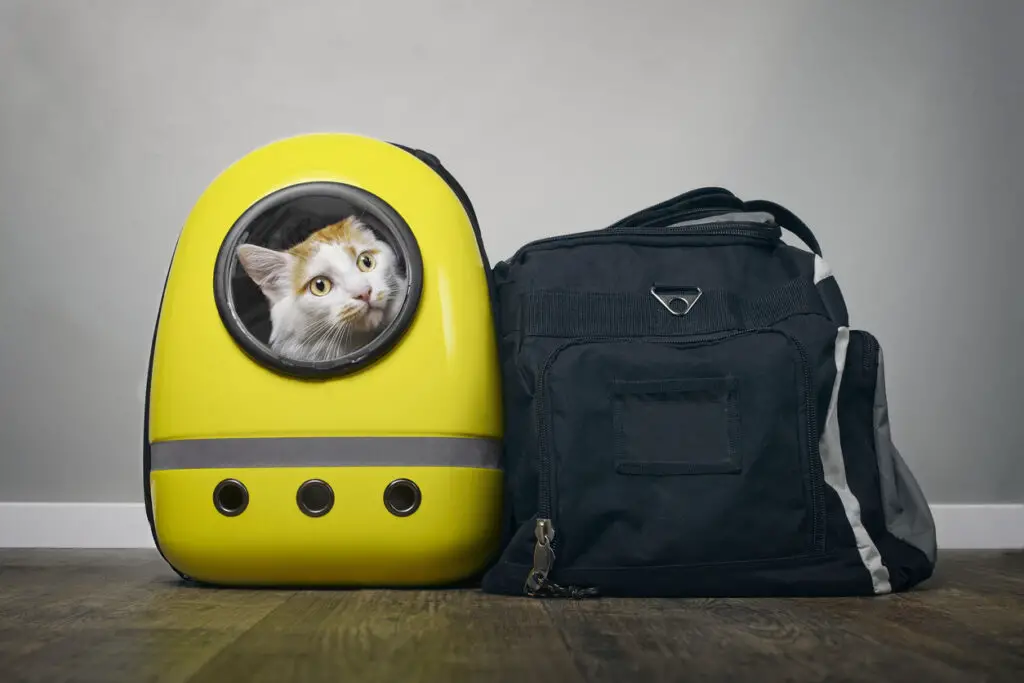
When disaster strikes, every second counts. That’s why having a pet emergency go-bag ready at all times can be a lifesaver. Imagine scrambling to evacuate with chaos all around you—now imagine trying to gather your pet’s food, medicine, and favorite comfort items at the last minute. Not fun, right? A go-bag should include at least three days’ worth of pet food, bottled water, medications, vet records, a leash, a harness, a collapsible food and water bowl, waste bags, and a blanket or small bed. If your pet has a favorite toy or treat, throw that in too—it can help them feel safe in stressful moments.
Don’t forget identification! Pack a recent photo of your pet in case you get separated, along with a copy of their microchip information. A waterproof bag to store these documents is a smart move. Keep the go-bag in an easily accessible spot, whether it’s by the front door or in your car. The goal is to be able to grab it and go without thinking twice. Also, check it every few months to refresh expired food, meds, or outdated documents. Being prepared means you won’t waste precious time when disaster strikes.
2. Have a Clear Evacuation Plan for Your Pets
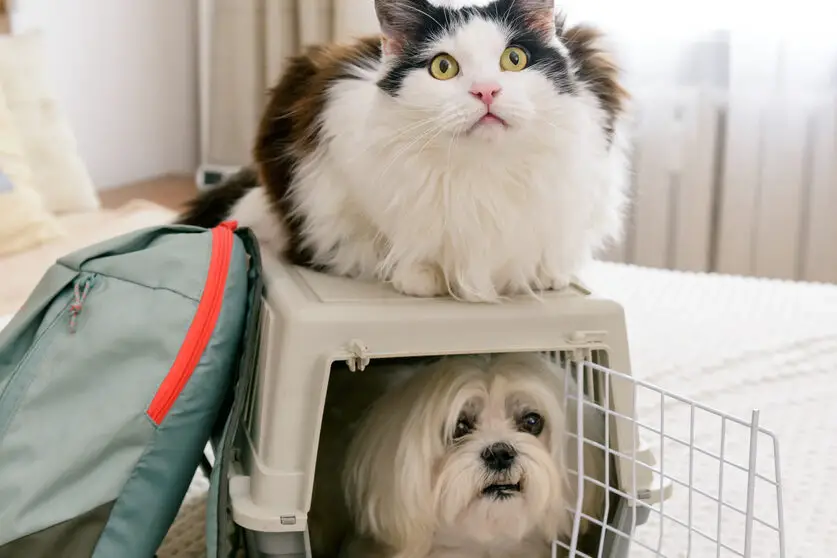
Evacuating is already stressful, and adding pets to the mix can make things even more complicated. That’s why having a detailed evacuation plan is crucial. Know exactly where you’re going, whether it’s a pet-friendly shelter, a friend’s house, or a hotel that allows animals. Not all shelters take pets, so research ahead of time and keep a list of nearby locations that will welcome them. If possible, practice loading your pet into their carrier or car seat so they won’t panic when it’s time to leave.
Also, assign responsibilities to family members. Who grabs the pet go-bag? Who carries the cat? Who handles the dog? Having these roles in place can cut down on confusion. Make sure your pet is always wearing a collar with up-to-date ID tags. Even the most well-behaved pet can bolt in fear during a crisis. And if you have multiple pets, have a plan for keeping them together—they’ll feel safer if they’re not alone.
3. Keep Your Pets’ Microchip Information Up to Date
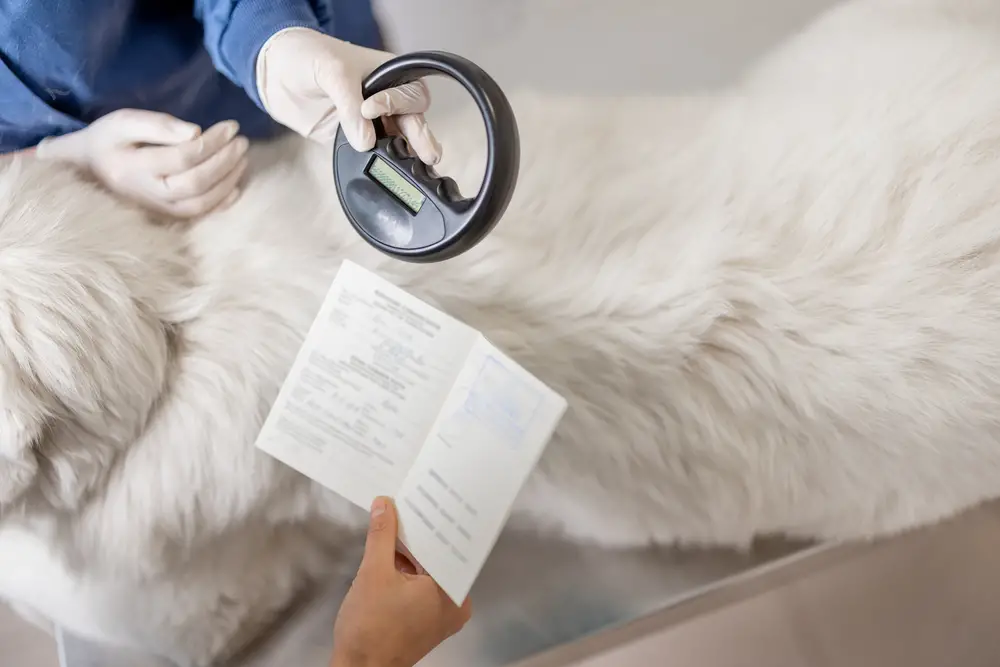
If your pet isn’t microchipped yet, now is the time to do it. Microchipping is one of the most effective ways to reunite with a lost pet after a disaster. Unlike collars and tags, which can fall off, a microchip is a permanent form of identification. It’s tiny—about the size of a grain of rice—and gets implanted under your pet’s skin. If they ever get lost, a vet or shelter can scan the chip and contact you.
But here’s the key: Microchips only work if your information is current. Too many people forget to update their contact details when they move or change phone numbers. Take a moment to check your pet’s microchip registration and make sure it has your most recent address, phone number, and an emergency backup contact. It’s a small step that can make a huge difference if your pet ever goes missing.
4. Train Your Pets for Emergencies
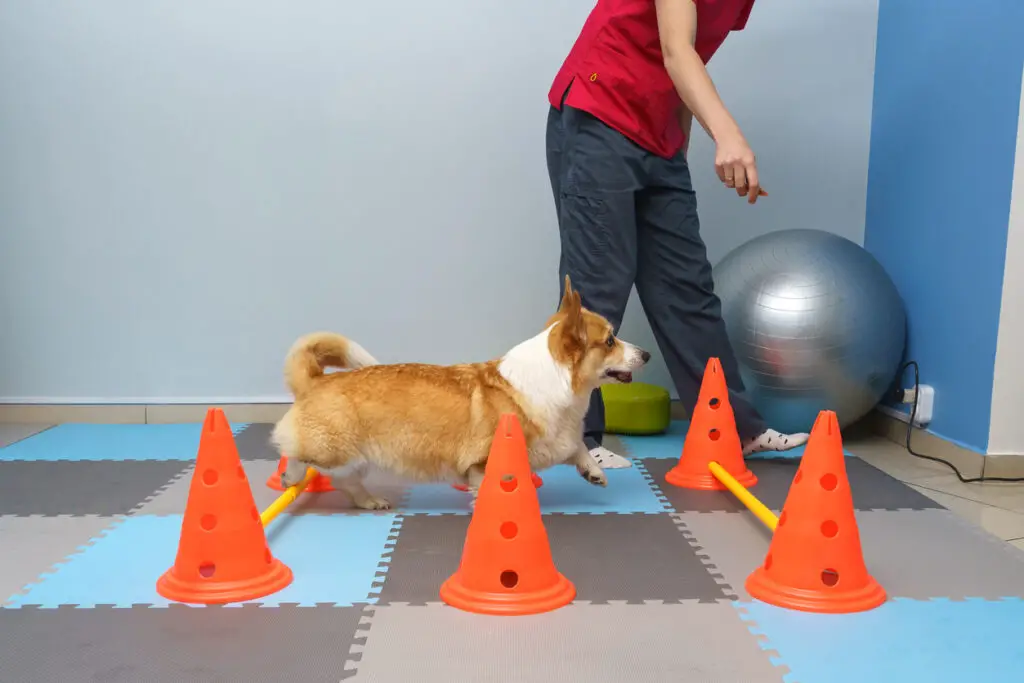
We train our pets to sit, stay, and come—but have you ever thought about training them for an emergency? When disasters strike, pets often panic and run, making it harder to get them to safety. Teaching them emergency cues can make all the difference. For example, train your dog to come immediately when called, even in stressful situations. Use a specific word or whistle so they know it’s serious.
Cats are a little trickier, but you can get them used to going into their carrier without a struggle. Leave the carrier out regularly so they associate it with safety rather than stress. Reward them with treats when they go inside willingly. If you live in an area prone to floods or wildfires, practice loading your pets into the car quickly. The more familiar they are with the process, the less chaotic it will be when the real thing happens.
5. Secure a Safe Space Inside Your Home
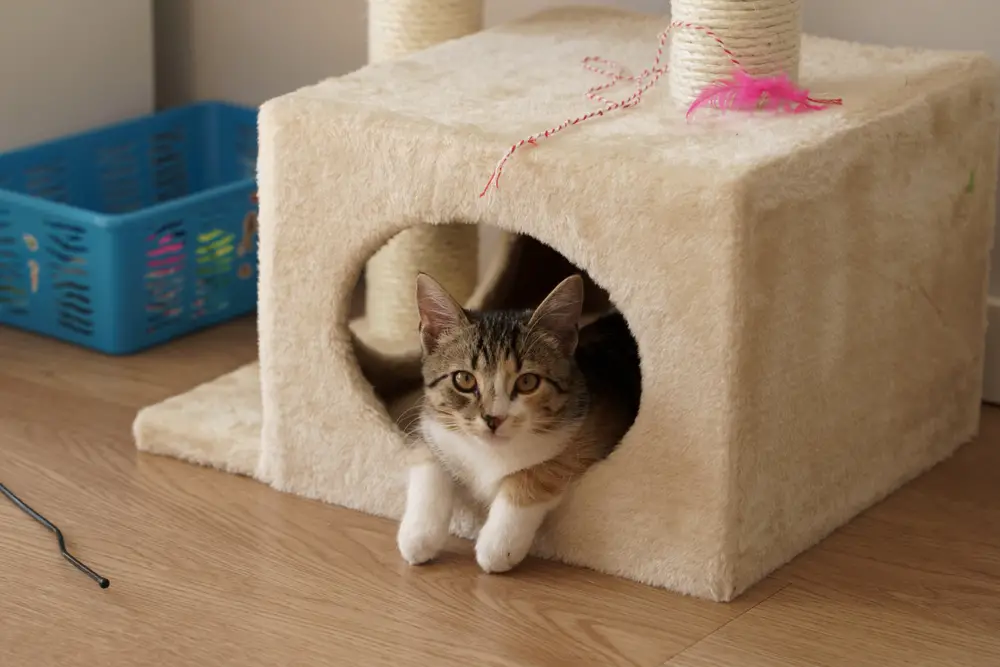
Not all disasters require evacuation—sometimes, the safest option is to stay put. In situations like hurricanes, tornadoes, or extreme weather, having a designated safe space for your pets can keep them out of harm’s way. Ideally, this should be an interior room without windows, like a bathroom or laundry room. Make sure it’s free of hazards like sharp objects, toxic cleaning supplies, or anything they could knock over in panic.
Stock the space with your pet’s essentials—food, water, a litter box (if needed), and their bed or crate. If power outages are expected, have battery-operated fans or blankets to regulate temperature. For pets that get nervous during storms, consider a white noise machine or calming pheromone sprays to reduce their anxiety. Keeping them in a familiar, enclosed space can prevent them from running and getting injured.
6. Be Ready for Post-Disaster Anxiety in Pets
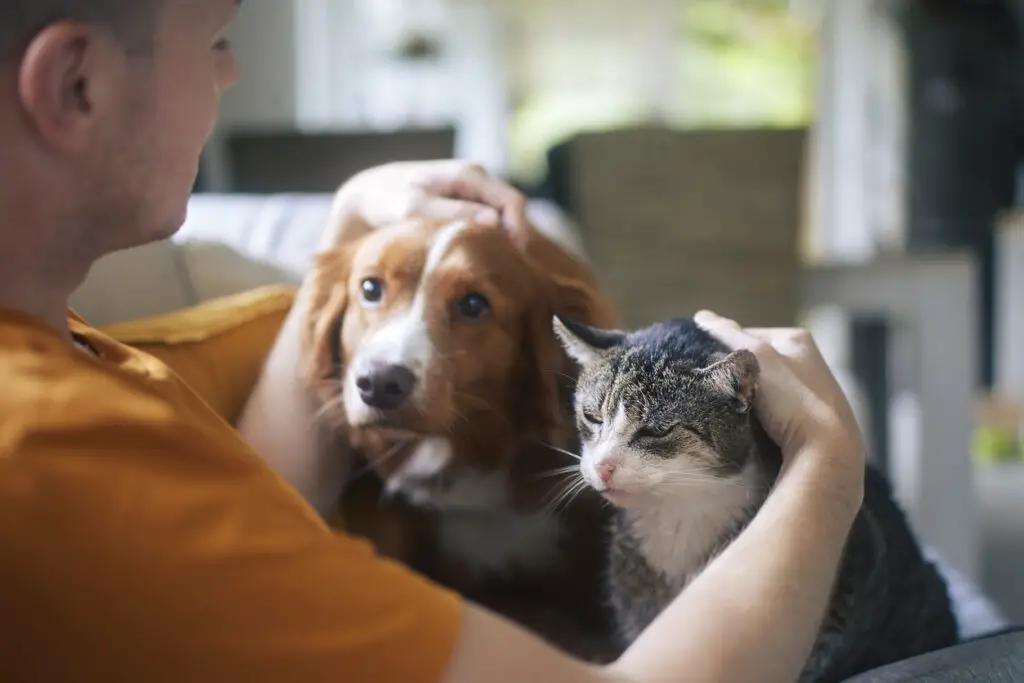
Even after the immediate danger has passed, your pet might not bounce back right away. Natural disasters are traumatic—loud noises, strange environments, and disruptions to their routine can leave them feeling anxious for weeks. Some pets might become clingy, while others might hide or act out. It’s important to be patient and give them time to adjust. Try to keep their routine as normal as possible—same feeding times, same walks, and lots of reassurance.
If your pet shows signs of ongoing stress, like refusing to eat, excessive barking, or destructive behavior, talk to your vet. They may recommend calming supplements or even temporary medication to help your pet feel more secure. Also, be extra careful when opening doors or gates—scared pets are more likely to bolt. Give them a quiet space to recover, and don’t rush them back into normal life too quickly. Their world just got turned upside down, and they need time to feel safe again.
7. Plan for Power Outages and Extreme Weather

When disaster strikes, power outages can last for hours or even days. While we can light candles and bundle up, pets rely on us to keep them safe and comfortable. If you have an aquarium, a reptile enclosure, or a temperature-sensitive pet, losing power could be dangerous. A battery-operated air pump for fish tanks and heating pads for reptiles can be lifesavers. Also, if your area experiences extreme heat or cold, have a plan to keep your pets comfortable—portable fans, cooling mats, or extra blankets can help.
For food and water, consider keeping extra supplies of bottled water and dry food on hand in case refrigeration isn’t an option. If your pet is on a special diet that requires refrigeration, a cooler with ice packs can help for short-term outages. Make sure to refill it with fresh ice as needed. If you have a backup generator, know how to safely connect essential pet appliances. The goal is to be prepared for anything so your pets don’t suffer in harsh conditions.
8. Know the Dangers of Floodwaters
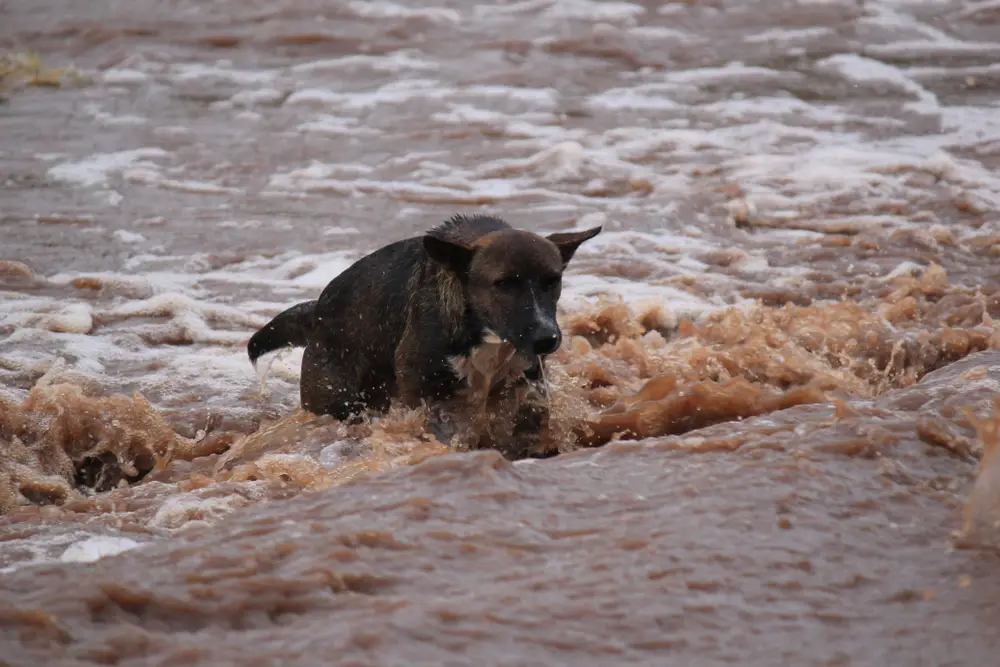
Floodwaters can be incredibly dangerous for both people and pets. Many pet owners assume their animals can swim, but strong currents, hidden debris, and contaminated water make floods deadly. Even shallow water can sweep away a small dog or cat. If you live in a flood-prone area, keep life jackets designed for pets on hand. These can be lifesaving if you need to evacuate through deep water.
Never let your pet drink flood water—it can be contaminated with bacteria, chemicals, or sewage. Always bring fresh bottled water for them, just as you would for yourself. After a flood, be careful when allowing your pet outside—snakes, floating debris, and sharp objects may be hidden in the water. If your home has been affected, check for mold, exposed wires, and structural damage before letting your pet roam freely. Floods are unpredictable, but preparation can keep your furry friend safe.
9. Keep an Emergency Contact List for Your Pet

In the chaos of a disaster, it’s easy to forget important phone numbers. That’s why every pet owner should have a printed emergency contact list. This should include your vet’s number, an emergency animal hospital, pet-friendly shelters, and nearby friends or family who can take your pet if needed. Keep a copy in your pet’s go-bag and save the numbers in your phone.
If you have to evacuate, call ahead to ensure your planned shelter or pet boarding facility is still accepting animals. It’s also smart to have a backup plan in case your primary choice is full. Having these details ready means you won’t waste time scrambling for options when every second matters. You’ll feel more in control, and your pet will have a smoother transition to safety.
10. Prepare for Fire Evacuations
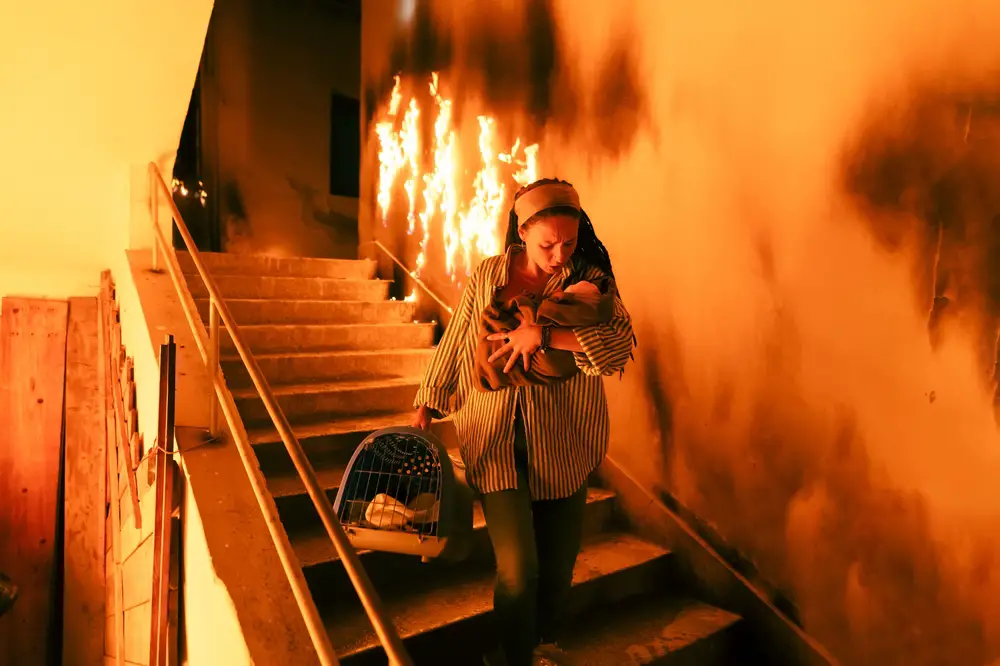
Wildfires spread fast, and leaving even a few minutes too late can put you and your pet in serious danger. If you live in an area prone to wildfires, prepare a fire evacuation plan specifically for your pets. Have their carriers, leashes, and emergency supplies near an exit for quick access. Train your pets to come when called so they don’t hide in fear when it’s time to leave.
If evacuation orders are given, don’t wait—fires can change direction unexpectedly. If you’re not home, a window decal that says how many pets are inside can help rescuers save them. Keeping a fire-resistant emergency kit outside in a safe location can be useful in case you can’t grab everything in time. Wildfires are unpredictable, but proactive planning can make the difference between life and tragedy.
11. Protect Pets from Earthquake Dangers
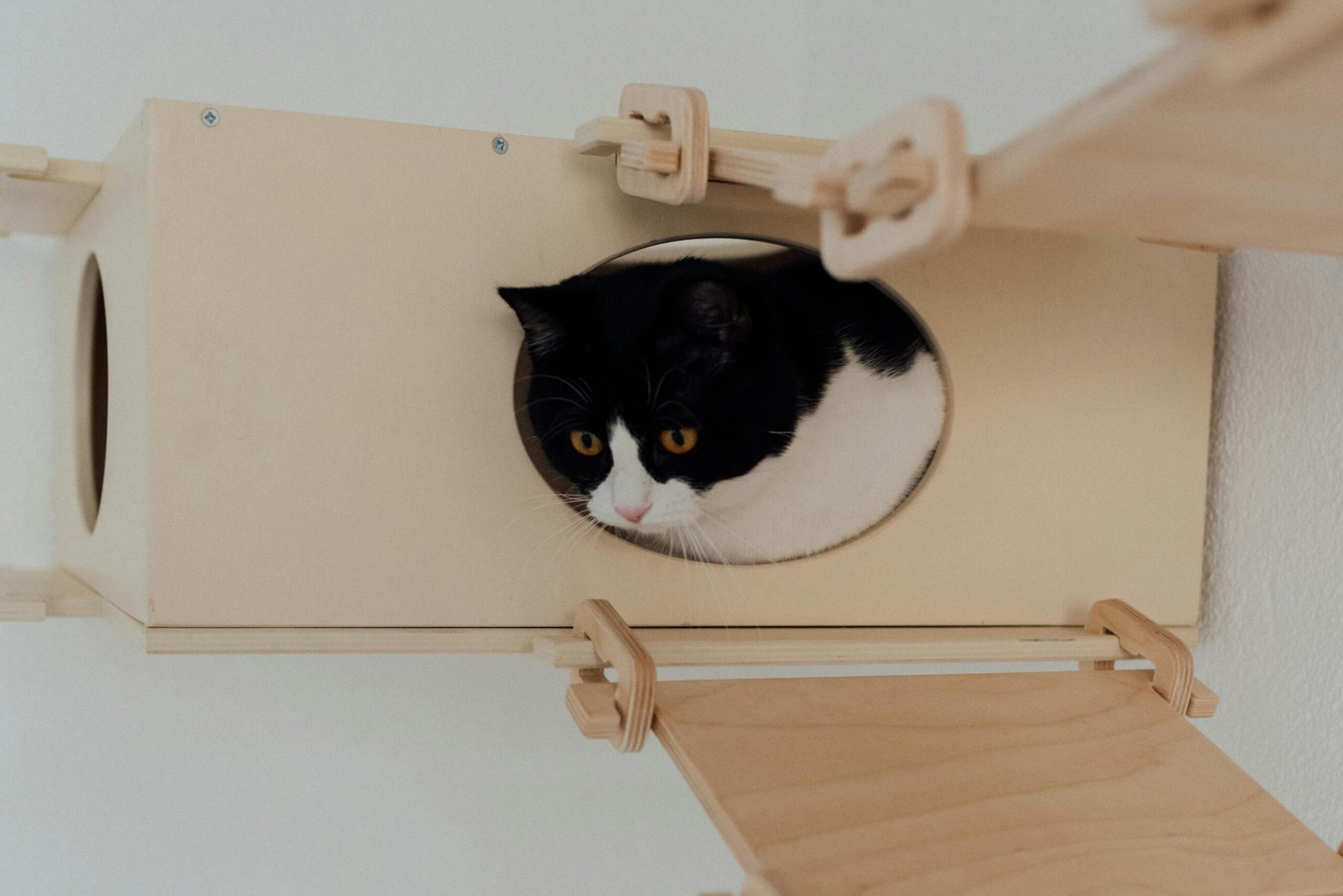
Earthquakes happen without warning, which makes them especially terrifying for pets. The sudden shaking can send them running for cover—or worse, outside into danger. If you live in an earthquake-prone area, keep a secure space inside your home where pets can shelter safely. Avoid areas with heavy shelves, glass, or anything that could fall and injure them. Crates and sturdy furniture can provide protection if they’re inside during a quake.
After an earthquake, check your home for gas leaks, broken glass, and unstable furniture before letting your pet roam freely. Many pets escape in the aftermath because fences may have fallen or doors may have been left open. Keep them on a leash or in a secure space while assessing damage. Also, be prepared for aftershocks—these can be just as scary for pets as the initial quake.
12. Stay Calm—Your Pet Feeds Off Your Energy

Pets are incredibly intuitive, and they can sense when you’re stressed. If you panic during a disaster, chances are, your pet will too. Try to stay calm and move with purpose—it helps reassure them that everything will be okay. Speak in a soothing tone, offer familiar treats, and keep their routine as normal as possible. Dogs, in particular, look to their owners for guidance, so staying collected will help them feel safer.
If your pet is showing signs of anxiety—whining, pacing, or hiding—don’t force them into anything. Give them space if they need it, but also offer comfort when they seek it. Playing soft music or using calming pheromone sprays can help reduce their stress. Your pet trusts you more than anyone else, and in difficult times, your presence is the best comfort they can have.


